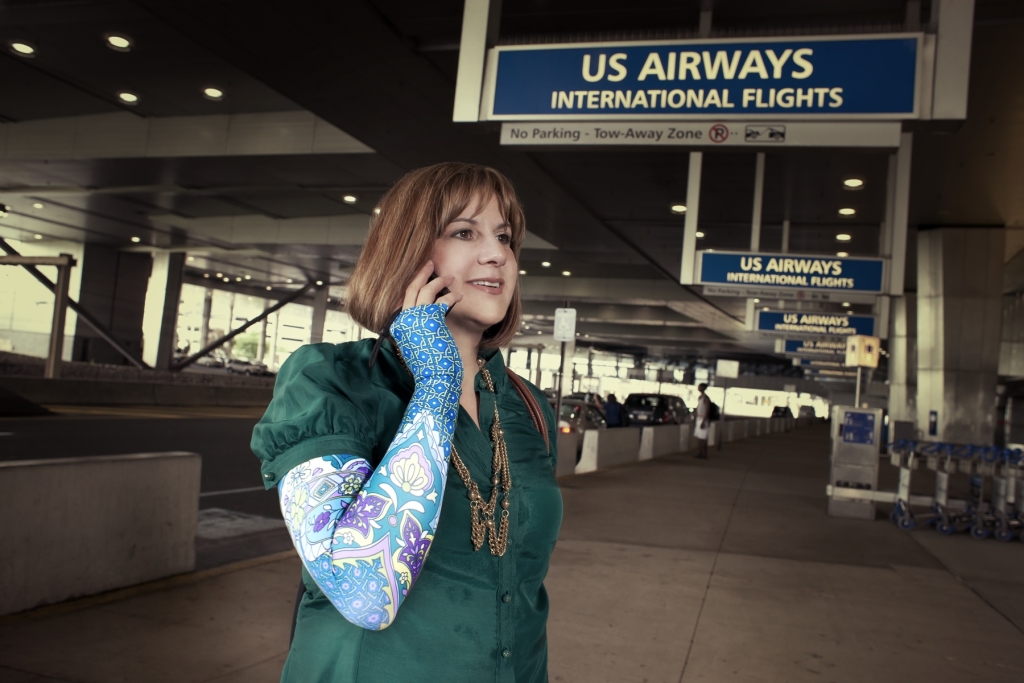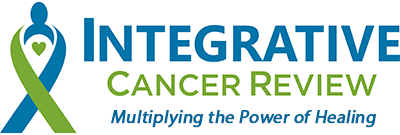
Photo courtesy of Lymphedivas
Lymphedema – Stages and Treatments
Lymphedema is a condition that requires early intervention for the best outcomes, so understanding the signs and symptoms of these stages may be critical to minimizing the potential impairment due to lymphedema.
Stages of Lymphedema
The International Society of Lymphology endorses a staging system for identifying the severity and progression of lymphedema, as follows:
Stage 0 – Latent or preclinical – The patient is at risk with no visible signs (although bioimpedance or other diagnostic techniques may be able to detect this early stage).
Stage 1 – The first visible symptoms appear (such as rings feeling tight, throbbing, swelling, heaviness, skin tightness, numbness, fatigue, achiness, difficulty writing or gripping); any swelling may be reversed through elevation; pressing on the skin leaves an indentation or “pitting,” and swelling may increase throughout the course of the day. Prompt diagnosis and treatment at this stage can help rule out other conditions and prevent the disorder from worsening. Improvement through therapy is most likely in this early stage.
Stage 2 – Swelling increases and cannot be relieved by elevation; the tissue feel firm and thick; and pressure against the limb produces little or no indentation. The tissues harden due to fibrosis, the formation of fine scar-like structures in the tissues. Risk of complications increase, but intense treatment usually provides improvement at this stage.
Stage 3 – This stage is known as Lymphostatic Elephantiasis. At this point, the tissue becomes extremely swollen, the skin hardens, and the skin texture and color may change. Lymphedema in this stage can rarely be reversed, although with intense therapy, it can be stopped from progressing or complicating.
Lymphedema Treatment Protocols
The Lymphology Association of North America (LANA) promotes standards for the management of lymphedema, and provides a national examination for physicians, nurses, physical therapists and occupational therapists, offering a specialized designation known as certified lymphedema therapist, or CLT-LANA. These therapists follow an intensive protocol known as Complete Decongestive Therapy (CDT), considered “the gold standard” for lymphedema treatment. The CDT protocol includes a specialized form of massage called manual lymph drainage (MLD), compression bandaging, lymphatic exercise, skin care, education in self-management, and compression garments.
In Phase 1, the “reductive” stage of lymphedema treatment, patients often receive therapy and compression bandaging five days a week for 3-8 weeks. In Phase II, the maintenance stage, the individual manages their own condition with self-care and compression garments. These garments may include a sleeve for the arm and a gauntlet for the hands and fingers; there is also an intermittent pneumatic compression device which inflates with air to improve circulation.
Other self-care includes precautions for flying, needle sticks, blood pressure cuffs. Sometimes scar tissue buildup and tightness in muscles and connective tissues due to adhesions left by surgery and radiation will require physical or occupational therapy. Axillary Web Syndrome (AWS), web-like cording beneath the skin, is a potential side effect of axillary (armpit) lymph node removal which, according to the position statement on exercise by the National Lymphedema Network, may require specialized stretches or other therapies provided by a CLT.
See more on Lymphedema:
- The Power of Safe Exercise for Cancer Survivors with Recovery Fitness® Founder Carol Michaels
- 2017 Breast Cancer Rehabilitation and Wellness Summit – FREE Access to 45 International Expert Speakers
- Improving Quality of Life after Breast Cancer Treatment with Occupational Therapist, Denise Stewart
- An Oncology-Trained Esthetician’s Skin Care Tips: During and After Cancer Treatment
- Lymphedema – and What May Be the Most Easily Changed Risk Factor














